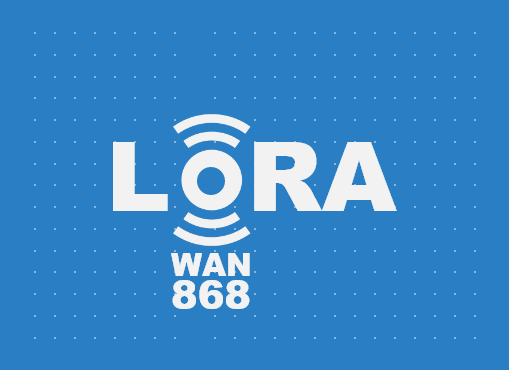Communication Systems LoRa smart metering.
Sistemi di comunicazione
Simple integration for efficient management
What is LORAWAN 868 technology and how does it work?
LoRaWAN (Long Range Wide Area Network) is a wireless communication technology designed to support long-distance data transmission between IoT (Internet of Things) devices and a backend network. The 868 MHz frequency is one of the frequency bands used by LoRaWAN in Europe.
Here’s how 868 MHz LoRaWAN technology works:
- LoRa (Long Range) Modulation: LoRaWAN uses LoRa modulation, which is designed to enable long-distance communication and penetration into dense urban or industrial environments. LoRa modulation operates on ISM (Industrial, Scientific and Medical) frequency bands and offers high signal sensitivity.
- Network Structure: LoRaWAN follows a star or cell hierarchy network structure. The end devices, known as terminal nodes or end nodes, communicate directly with a LoRaWAN gateway station. Gateways forward data collected from end nodes to the backend network, which can be hosted locally or in the cloud.
- Long range and low power consumption: LoRaWAN is designed to provide long-distance coverage and reduce power consumption, making it suitable for IoT applications where devices must operate on long-lasting batteries.
- Applications: LoRaWAN is used in a variety of IoT applications, such as environmental monitoring, resource management, smart agriculture, smart cities, and more.
In summary, 868 MHz LoRaWAN is a wireless communication technology that offers an efficient solution for long-distance, low-power connectivity for IoT devices. Its adoption has grown, especially in scenarios where traditional connectivity might be difficult or expensive.


THE ADVANTAGES OF TECHNOLOGY
- Reduction of interference
- Simple and easily understandable typology
- Free license
- Low energy consumption in data transmission
Contattaci
Hai necessità di maggiori info?
inviaci le tue richieste
inviaci le tue richieste